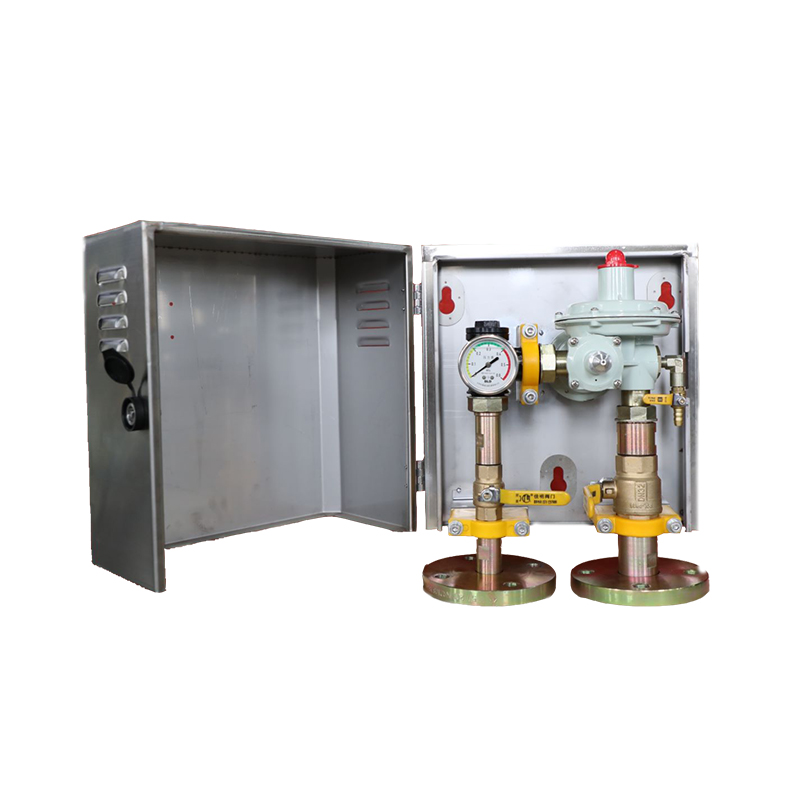
Dec . 28, 2024 22:11
Back to list
natural gas pressure reducing station
Understanding Natural Gas Pressure Reducing Stations
Natural gas is a critical component of energy infrastructure, providing heat, power, and energy for millions of homes and businesses worldwide. To ensure its safe and efficient delivery, natural gas must be transported through extensive pipeline systems that require various forms of regulation and control. One of the key components in this system is the pressure reducing station (PRS), which plays a vital role in managing the pressure of natural gas from high-pressure transmission lines to lower, more manageable levels suitable for distribution to end users.
The Function of a Pressure Reducing Station
The primary function of a natural gas pressure reducing station is to lower the pressure of gas as it moves from transmission pipelines to local distribution systems. High-pressure pipelines, often under pressures exceeding 1,000 psi, transport natural gas over long distances. However, these high pressures are not suitable for residential and commercial use, where typical operating pressures range from 4 to 60 psi.
A pressure reducing station works by utilizing various types of valves and regulators to manage the pressure. When gas from a high-pressure transmission line enters the station, it first passes through a filtering system to remove any contaminants or debris that could damage the equipment downstream. Following this, the pressure is reduced by a set of regulators, allowing the gas to exit at a safer, lower pressure, which is suitable for distribution.
Components of a Pressure Reducing Station
A typical natural gas PRS consists of several key components
natural gas pressure reducing station

2. Control Regulators These are the core components that reduce the pressure of the gas. They are designed to automatically adjust and maintain the desired outlet pressure, responding to changes in gas flow and demand.
3. Safety Devices Safety is paramount in any gas-related infrastructure. PRS units are equipped with pressure relief valves that activate in cases of overpressure, preventing potential hazards such as explosions.
4. Flow Meters To monitor the volume of gas flowing through the station, flow meters provide essential data that helps in managing supply and ensuring that the distribution system operates efficiently.
5. Outlet Valve Once the gas has been appropriately reduced in pressure, it is delivered through the outlet valve to the distribution network.
Importance of Maintenance
Maintaining a pressure reducing station is crucial for the safe and efficient operation of natural gas distribution systems. Regular maintenance checks can identify wear and tear on components, reduce the risk of failure, and ensure that safety devices are functioning correctly. Operators are responsible for adhering to stringent regulations and operational guidelines, which typically include routine inspections, performance testing, and timely servicing of equipment.
Conclusion
Natural gas pressure reducing stations are essential for the reliable distribution of natural gas. By managing the pressure of gas flowing from high-pressure transmission lines, these stations help ensure that the gas is delivered safely and efficiently to residential and commercial consumers. As global demand for natural gas continues to rise, the importance of effective pressure management in gas distribution systems cannot be overstated. Understanding the operation and maintenance of pressure reducing stations will be crucial for engineers and operators in the energy sector, helping to uphold safety standards while meeting energy needs.
Latest news
-
Safety Valve Spring-Loaded Design Overpressure ProtectionNewsJul.25,2025
-
Precision Voltage Regulator AC5 Accuracy Grade PerformanceNewsJul.25,2025
-
Natural Gas Pressure Regulating Skid Industrial Pipeline ApplicationsNewsJul.25,2025
-
Natural Gas Filter Stainless Steel Mesh Element DesignNewsJul.25,2025
-
Gas Pressure Regulator Valve Direct-Acting Spring-Loaded DesignNewsJul.25,2025
-
Decompression Equipment Multi-Stage Heat Exchange System DesignNewsJul.25,2025

